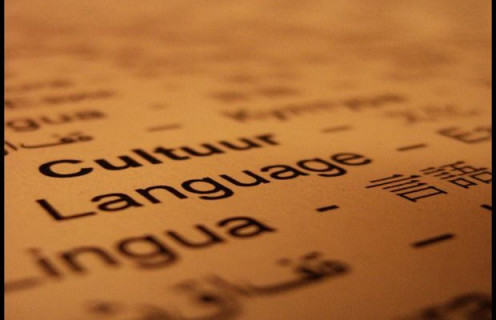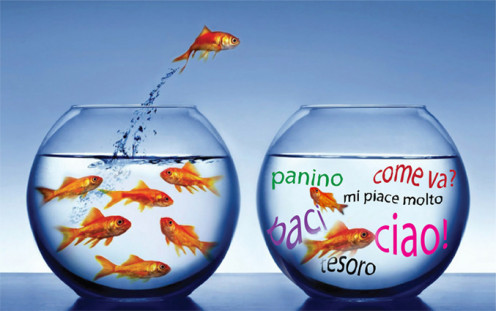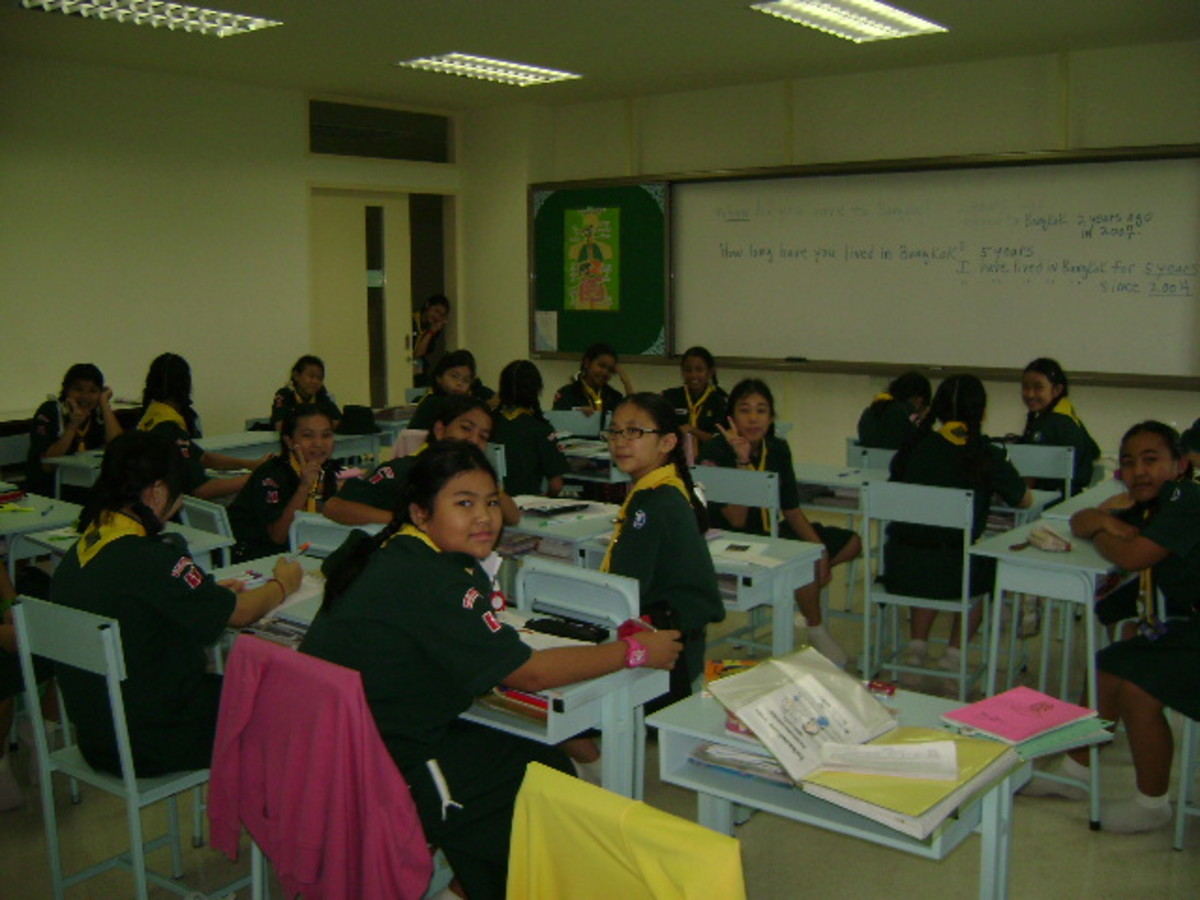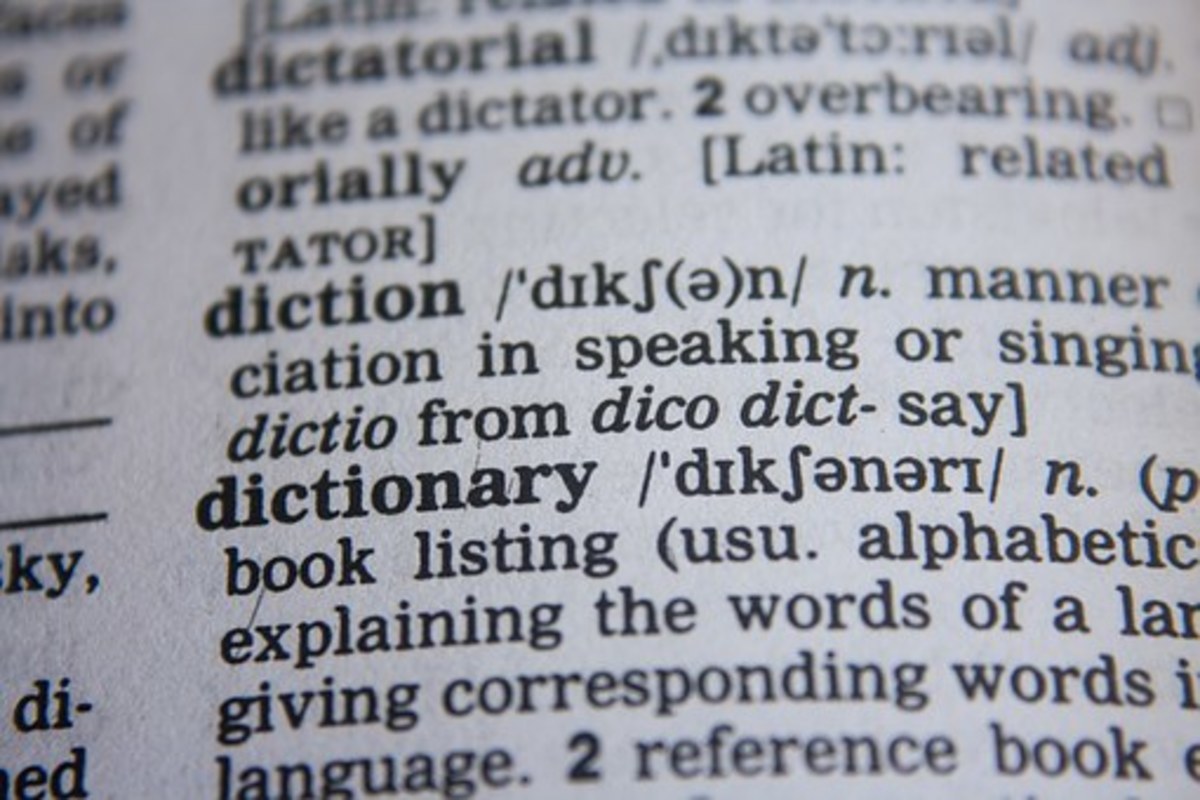Teaching a Foreign Language:Proficiency, Performance, and Authenticity
A Look Back
When I first taught high school French, I had little to go by; the task was abruptly handed to me, so I made do with what I could muster. Reflecting on my language-learning experiences in high school, college, and abroad, I set out to make students somewhat competent in the actual use of the language, i.e., using it as a tool for communication. Since that first year, I’ve read and discussed and realized that proficiency is the crux that should hold all the other interweaving components of language learning/teaching together.

PROFICIENCY = Language + Culture
Proficiency comes not with solely the target language; it also should accompany the target culture. Since the two are naturally fused, learning the language lends to simultaneously learning the culture; similarly, exploring the perspective and practices of the culture shines light onto its language and facilitates an authentic context for language use.
For instance, the usage of the familiar pronoun tu and the less familiar, more respectful pronoun vous is as much a cultural perspective as it is a grammatical one, if not more. Simply studying the pronouns’ respective conjugations fails to help differentiate the propriety of using vous over tu or vice versa. Hence, an isolated study of language, thorough as it may be, renders an incomplete grasp of true proficiency. In more concrete—albeit facetious—terms, with an expert knowledge of weaponry yet no skill in proper contexts, you may very well bring a bazooka to a water-gun fight. Awkward. Will you survive? Without a doubt. Will you appear a bit overanxious? Most definitely.

Language: A Means to an End
Secondly, proficiency relates more to what you can actually do with the language than with how much of it you know; it requires action. Since its creation, language has always been seen as a tool for communication, a means to an end and not the end in and of itself. Therefore, it stands to reason that language classrooms require students to put the target language into active practice in all modes of communication: reading, writing, speaking, and listening. Doing so is rendered more easily in an immersive environment. When students realize that reliance on the home language for translations and explicit explanations inhibits their progress, then increased focus, noticing, and meaning negotiation will be seen as vital resources for learning and communicating. While I am not as fluent in French as I would like to be, I feel competent enough to foster an immersive high school classroom at least 75% of the time.
It's All in What You Give Them
The strength of the immersive experience lies in its strong connection to active and sustained learning rather than memorization that comes and goes. However, this bond exists only when the students possess the proper tools for decoding and responding. In other words, the input that the students receive must be within reach, being neither too simple nor too complex as to disengage them. Once they receive the proper amount of meaningful input, students are then better equipped to provide equally meaningful output—writings, conversations, task completions, and the like.
Eliciting Output

The output is where the real fun starts. Students interact with teacher and one another, especially, as they construct their proficiency in the target language. They will undoubtedly make mistakes, as is natural; yet identifying every single error is not the way to go. Though intended to be helpful, correcting every mistake—especially at the beginner’s level—runs the risk of inhibiting learning of the most important concepts and reducing the value of one’s ability, ultimately leading to disengagement with the target language. Not only is marking all errors potentially damaging but it is also unnecessary. As students continue to notice what they see and hear, self-correction will come in time to monitor what they write and say.
~~~~~~~~~~~~~~~~~~~~~~~~~~~~~~~~~~~~~~~~~~~~~~~~~~~~~~~~~~~~~~~~~
Living Outside the Textbook
Finally, proficiency is facilitated by authenticity. Rather than confining students to the language textbook—which may or may not be contextualized—language teachers have the opportunity to reach beyond the textbook to authentic materials. Stories, songs, poems, recipes, brochures, invitations, websites, movies, etc. can all serve as teachable resources. Rather than dryly reviewing the French tenses with a textbook chart, a teacher could call upon the power of Peyo’s comic creations Les Schtroumpfs, or the Smurfs, to find the simple yet natural usage of various tenses—as seen on this page.


Likewise, a viewing of a brief scene from Amélie can serve as an introduction to French store names--as seen on this page. However, whatever the case, activities with such materials should be scaffolded and made as relevant as possible to the students’ lives. After all, if no true need for language exists, then language is less likely to be used. For this reason, assessments should also be as close in design to the activities as possible; just as the activities should be designed to foster meaningful communication, so too should the assessments.
Final Thoughts: Bridge-Building
Proficiency, therefore, goes deeper than wielding a command over syntax, pronunciation, and fluency. It acknowledges the marriage between language and culture while engaging the learner in an interaction with both. With a focus on meaningful communication, classroom teaching then becomes the bridge for linking two worlds—that of the student and that of the target culture...
...as Eddie Izzard illustrates
Interested in more Eddie Izzard?
For further discussion...
Here are some additional links to my pages on foreign language teaching/learning.
- Questions and Observations on Teaching a Foreign Language
- French Lesson Teaching the Futur Proche (Near Future)
- French Lesson Plan for Using "Il y a..." to Describe the City Street (Using Amélie)
- Awaken the French Child in You (while learning the language)
- Improving your French Pronunciation
- Speak French without Opening Your Mouth (French Mannerisms)
- French (and other languages) on the Cheap









